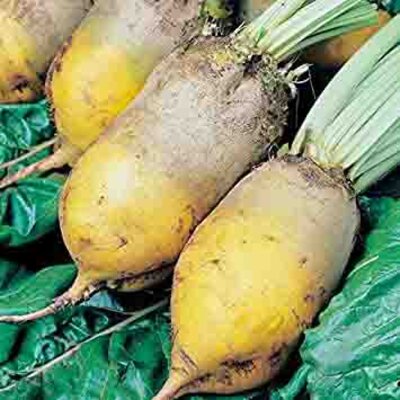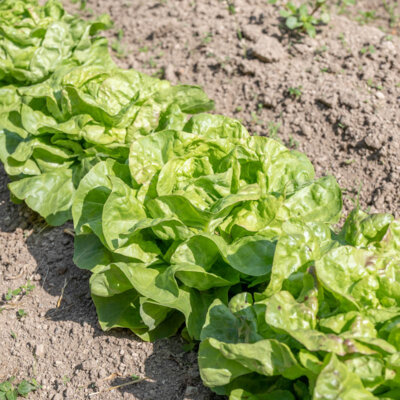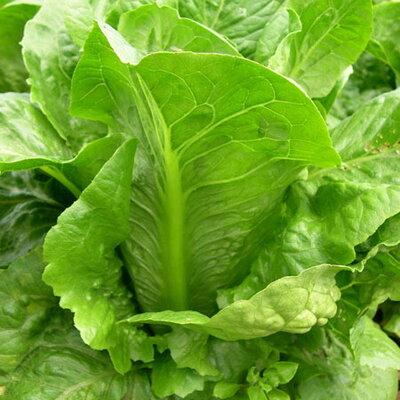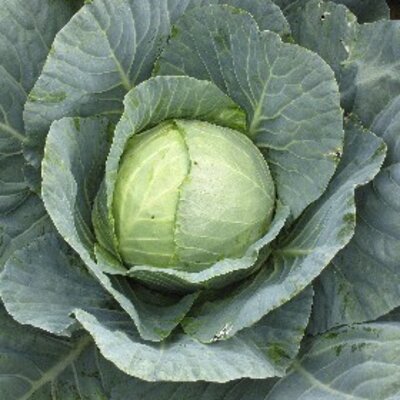
Yellow Mangel - Yellow Beet
This variety, traditionally used as a fodder plant, can also be eaten by humans. It has an elongated, yellow-orange root that can weigh up to 4 kg and keeps very well. The light green foliage is also appreciated.
These products may also be of interest to you
in the ground, online
Sow in pots. Transplant at least 20 cm apart in all directions, when plants have 5 to 6 leaves and soil is sufficiently warm. Sow directly in place, in rows 20 to 30 cm apart. As soon as plants have 3 to 4 leaves, thin to 15 or 20 cm along the line, keeping the most vigorous. Overgrown plants can be transplanted.
Sow every 2 to 3 weeks to stagger harvesting, and water regularly.
February, March
April, May, June
June, July, August, September, October, November
in the ground
sunny, semi-shade
medium
all floor types
drained, light, fees
Beta vulgaris
mid-season
From 3000 to 4000 g
6 grams
elongated
farm
Yellow, Orange
From 40 to 60 cm
From 20 to 30 cm
corrugated
France
1885
"Vilmorin-Andrieux "Les Plantes Potagères
This old variety was mentioned in 1885 in Vilmorin-Andrieux's "Les Plantes Potagères".
As well as being excellent vegetables, beet is rich in vitamins A, B1, B2, B6 and C, and its leaves, which are also an excellent source of many minerals and trace elements (calcium, magnesium, copper, phosphorus, sodium, iron, etc.), contain as much, if not more, iron.The root contains fewer minerals than the leaves, but provides a long list of interesting substances: choline, folate, iodine, manganese, sodium, potassium, fibre, as well as carbohydrates in an easily digestible form. And although its iron content is not very high, it is of excellent quality, making beet an interesting food to help blood synthesis. Particularly recommended in cases of haemorrhage, in preparation for childbirth or during convalescence...











